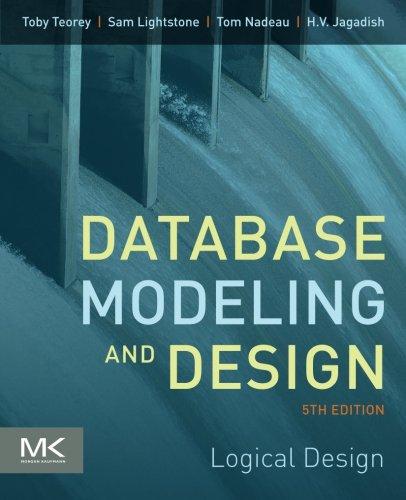Question
Consider the following Java code segment: public Hashtable countAlphabet(String aString){ Hashtable table = new Hashtable(); If (aString.length > 4000) return table; StringBuffer buffer = new
Consider the following Java code segment:
public Hashtable countAlphabet(String aString){
Hashtable table = new Hashtable();
If (aString.length > 4000) return table;
StringBuffer buffer = new StringBuffer(aString);
While (buffer.length() > 0){
String firstChar = buffer.substring(0, 1);
Integer count = (Integer)table.get(firstChar);
if (count == null){
count = new Integer(1); }
else{
count = new Integer(count.intValue() + 1);
}
table.put(firstChar, count);
buffer.delete(0, 1);
}
return table;
}
The program counts the numbers of each alphabet in a string, and put the result in a hashtable. Develop a minimum set of test cases that:
1. Guarantees that all independent execution path is exercised at least once;
2. Guarantees that both the true and false side of all logical decisions are exercised;
3. Executes the loop at the boundary values and within the boundaries.
Step by Step Solution
There are 3 Steps involved in it
Step: 1

Get Instant Access to Expert-Tailored Solutions
See step-by-step solutions with expert insights and AI powered tools for academic success
Step: 2

Step: 3

Ace Your Homework with AI
Get the answers you need in no time with our AI-driven, step-by-step assistance
Get Started


